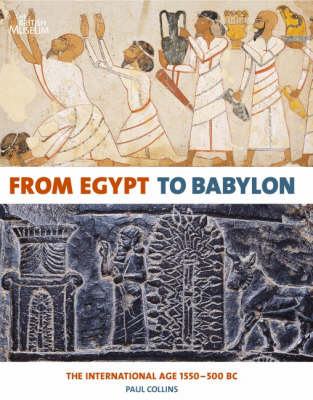The ancient Egyptians, Minoans, Mycenaeans, Hittites, Canaanites, Hurrians, Aramaeans, Israelites, Urartians, Mannaeans, Assyrians, Phygians, Kassites, Chaldeans, Elamites, Scythians, Medes and Persians. An evocative list of peoples: but who were they? Where did they come from, and how did they interact over a thousand years of ancient history, before the establishment of the Persian empire? The years 1500-500 BC represent an extraordinary period of internationalism. From the Aegean and Egypt, through Canaan, Syria and Anatolia, to Mesopotamia (ancient Iraq) and Iran, the region was linked by military expansion, diplomatic exchanges and movements of goods and peoples over enormous distances, resulting in cultural transfers and technological and social revolutions.Turmoil at the end of the second millennium BC saw the collapse of the powerful Hittite empire and a diminution of Egypt's empire abroad. Local groups rose in Syria and Anatolia, and new states such as Israel and Judah were formed. In due course, the Assyrian empire reached from Egypt to Iran while the Phoenicians flourished in the west.
The Greeks established trading connections and colonies throughout the Mediterranean world and Black Sea. The result was a continued cultural sharing between east and west as city-states and small kingdoms interacted with the major empires: Egypt, Assyria, and its successor Babylonia. Ultimately this enormous region was unified by the kings of Persia who thus created the largest empire the ancient world had known.
- ISBN10 0714119830
- ISBN13 9780714119830
- Publish Date 15 September 2008
- Publish Status Out of Print
- Out of Print 3 November 2015
- Publish Country GB
- Imprint British Museum Press
- Format Hardcover
- Pages 208
- Language English
